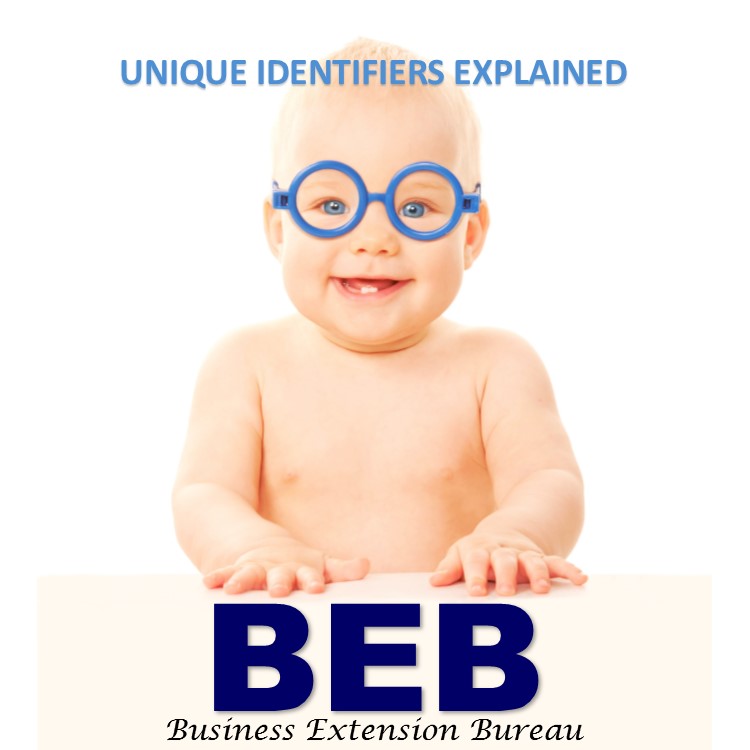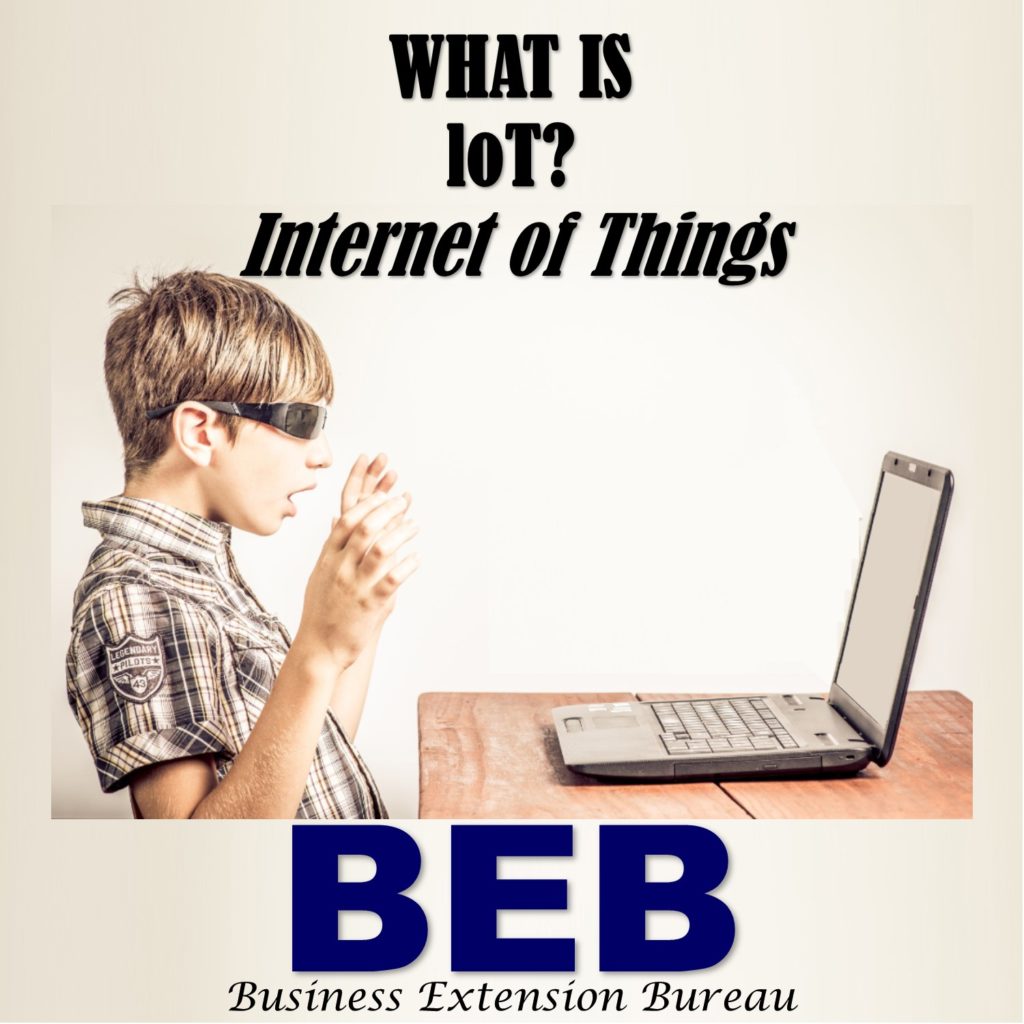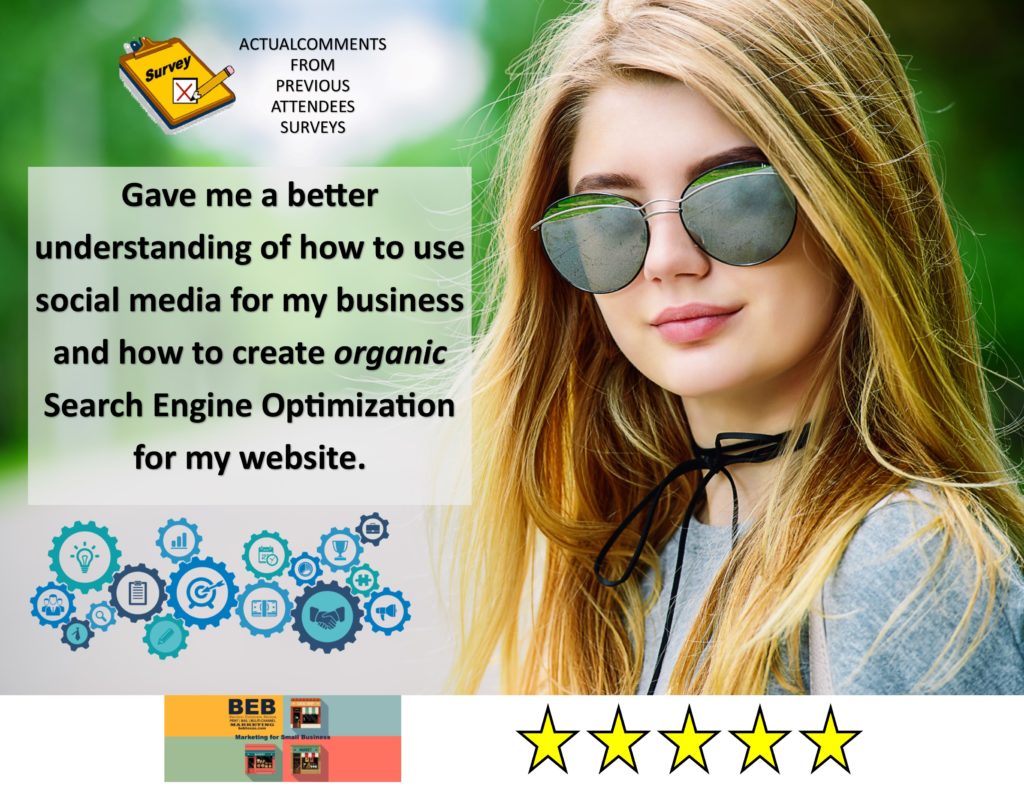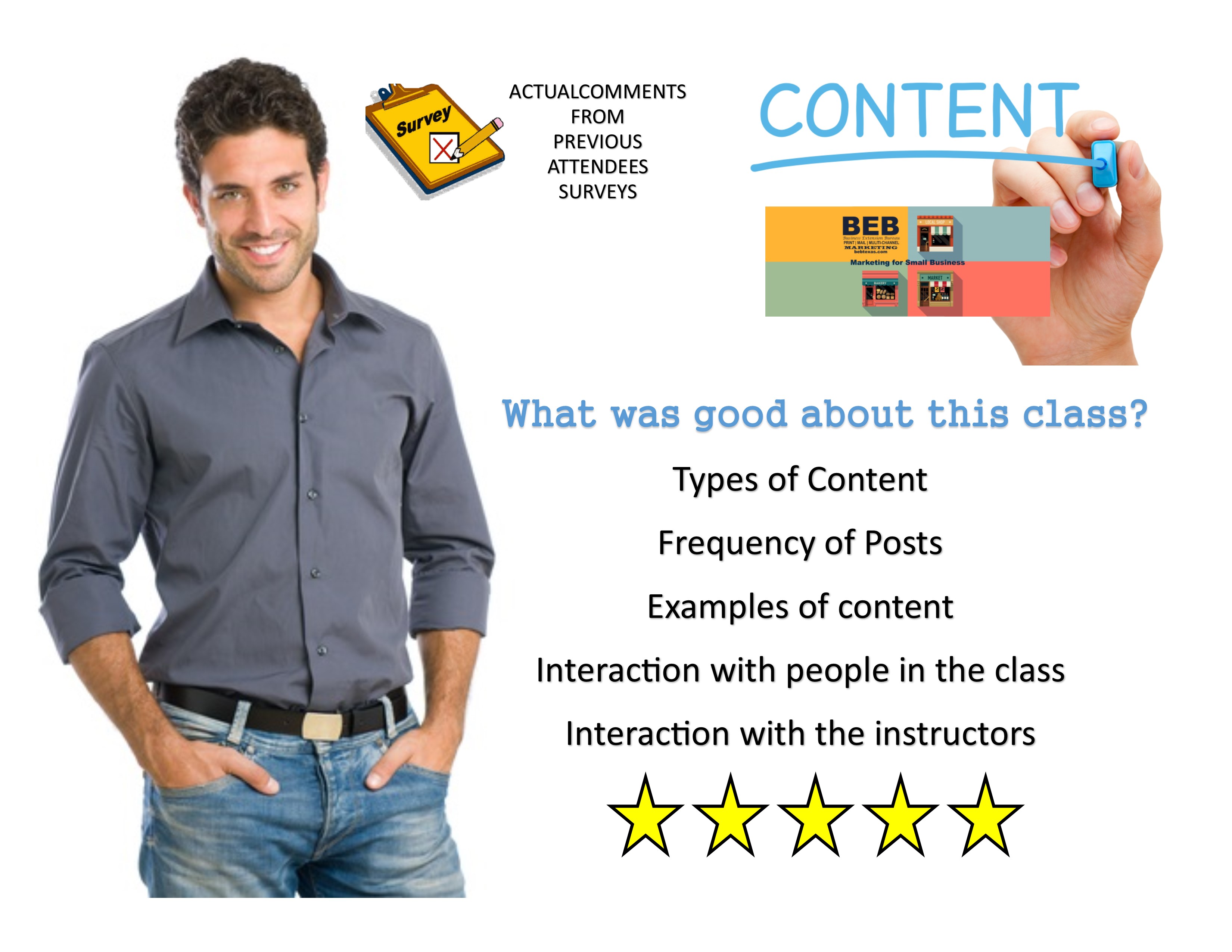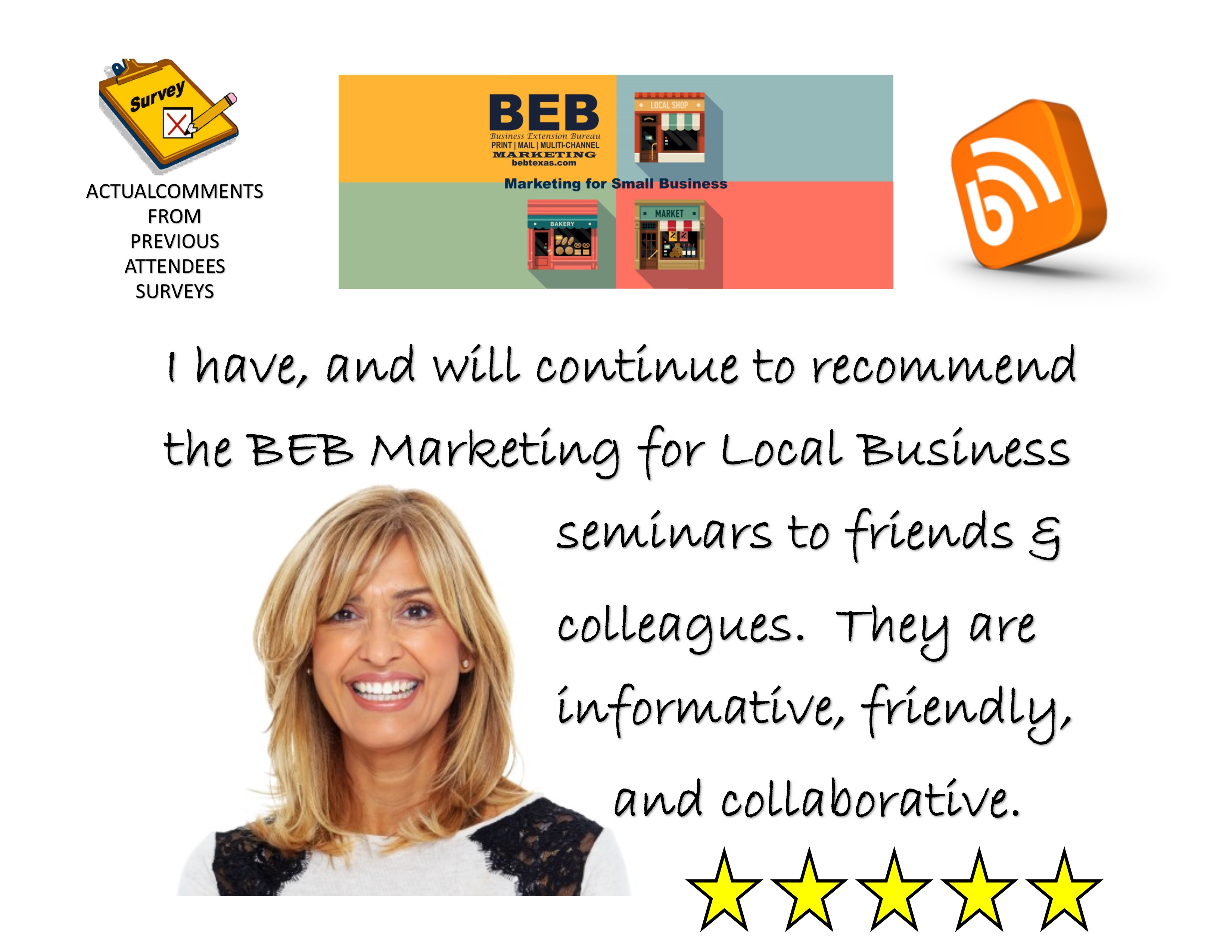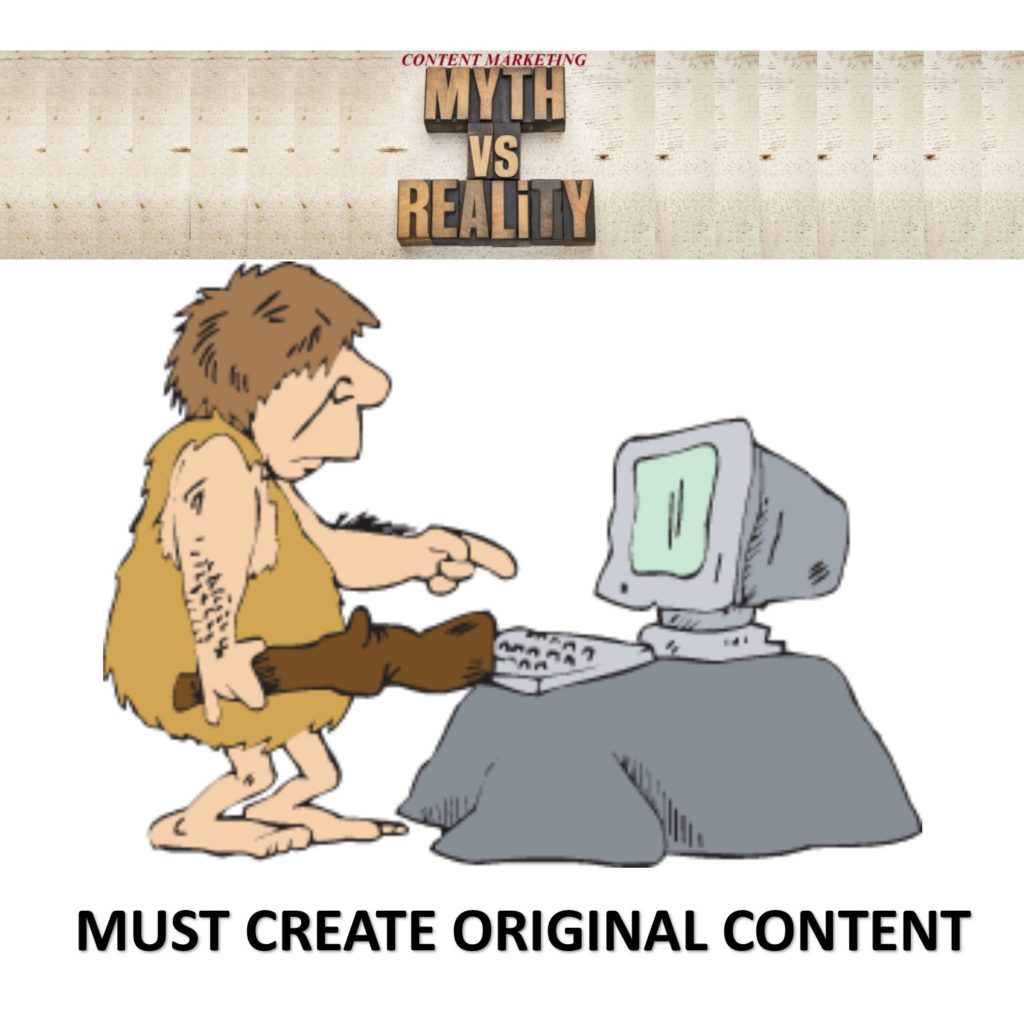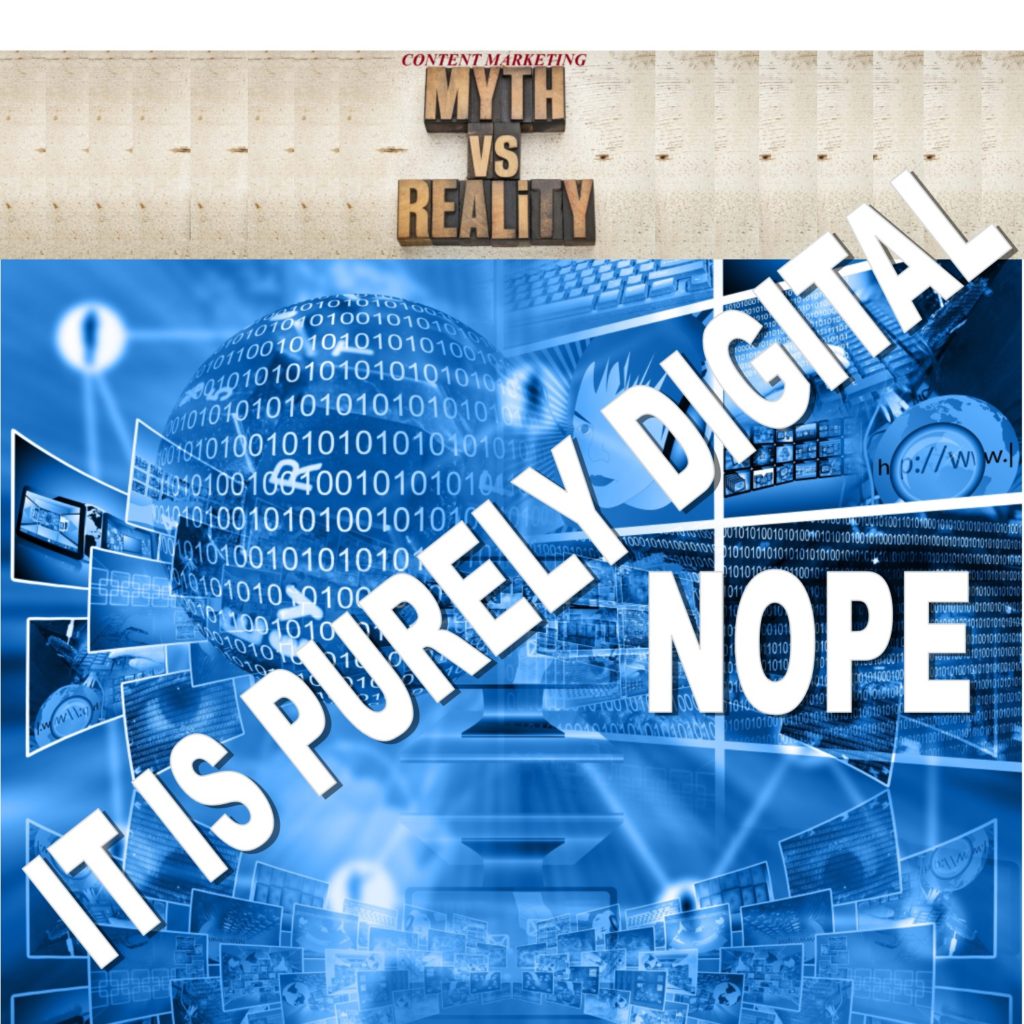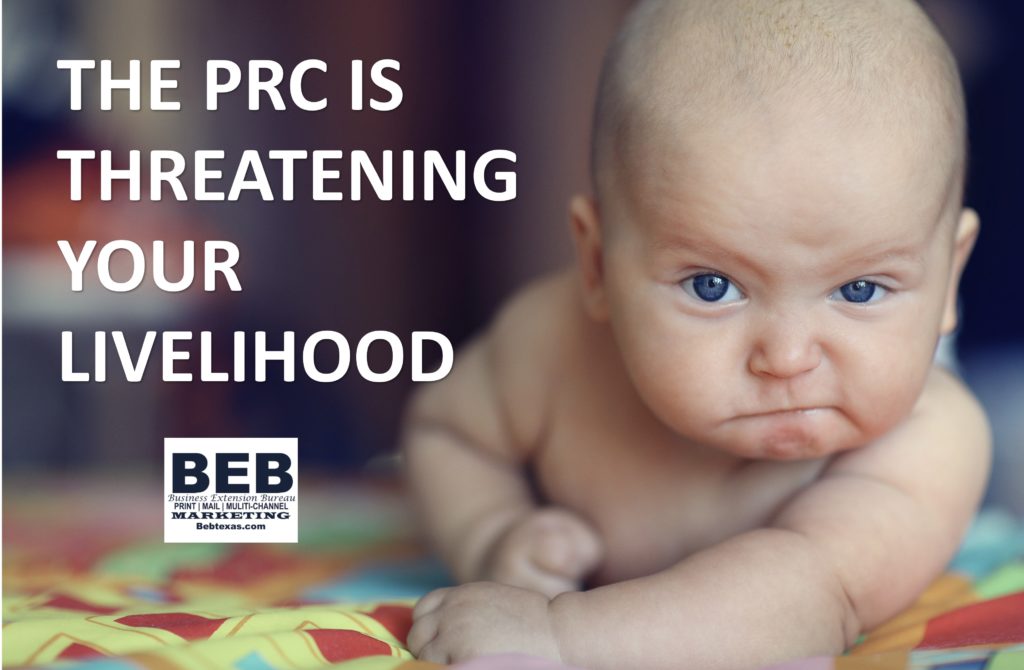 The Postal Accountability and Enhancement Act (PAEA) dictated that the Postal Regulatory Commission (PRC) conduct a study of the past decade to determine if the current system for regulating rates and classes for Market Dominant Postal Products was achieving its objectives.
The Postal Accountability and Enhancement Act (PAEA) dictated that the Postal Regulatory Commission (PRC) conduct a study of the past decade to determine if the current system for regulating rates and classes for Market Dominant Postal Products was achieving its objectives.
Those results were published on December 1, 2017 and the PRC concluded that the current system achieved some of its goals, but overall the system has failed.
The PRC issued a Notice of Proposed Rulemaking that would give the USPS the authority to raise rates by at least 2% above the CPI for each market dominant rate class for five years. It also allows for an additional 1% increase if they hit service and productivity standards, and will be required to raise prices for “underwater products” (Periodicals and Nonprofit mailings for example) by a minimum of an additional 2% above the price change authority to move prices toward full-cost coverage over time. This could drive rate increases for standard letters (officially known as Marketing Mail Letters) up by 27% and flats by more than 40% over the next five-years.
These proposed changes to the current postage rate ceilings are inflated and threaten the vitality and efficiencies of the postal service and our industry as a whole.
The PRC is an independent agency that has exercised regulatory oversight over the Postal Service since its creation by the Postal Reorganization Act of 1970. It is composed of five Commissioners, each of whom is appointed by the President and subject to confirmation by the US Senate, for a term of six years. To ensure bipartisanship, not more than 3 of the Commissioners can belong to the same political party.
The PRC is tasked with ensuring transparency and accountability of the USPS and fostering a vital and efficient universal mail system. They act as an independent regulator for engaging postal stakeholders to promote a robust mail system through objective regulatory analyses and decisions. Normally, the PRC does not have the final say when it comes to postage rate increases. That is for the USPS Board of Governors. However, this is not a rate case. This is a 10-year review of the system which the PRC reigns supreme.
The argument that the USPS has accumulated losses of $59.1 billion include the $54.8 billion needed to prefund their already financially healthy retiree health plan; even though no other entity is required to do the same.
The current regulations force the USPS to reduce costs and raise efficiencies which is needed now more than ever as many economists expect inflation to increase.
Thursday, March 1, 2018 marks the end of a 90-day comment period. There is another 30-day (one month) period allowed for replies to comments before a ruling can be implemented.
We are very active with industry associations and sit on several industry boards. Together we are fighting to prevent this travesty from happening. The industry will continue to stand united and push the USPS to focus on rate increases specifically tied to cost efficiencies only. We will keep you abreast of the situation as it unfolds.
 This race is about creating and raising awareness about ovarian cancer. It is the cancer with the lowest survival rate and has no cure. The staff of Business Extension Bureau (BEB) are raising funds and participating in this event to pay homage to Rama Moore, whom we lost on Christmas day last year to this devastating disease. Rama worked for our family owned business for over 40-years, and is missed today. Won’t you join us in helping to raise money to combat this type of cancer that often lays in wait for long periods of time before being detected. Help us to honor the life of a wonderful woman who gave so much love and was the “face and voice of BEB” for many years, our Rama Ray Moore.
This race is about creating and raising awareness about ovarian cancer. It is the cancer with the lowest survival rate and has no cure. The staff of Business Extension Bureau (BEB) are raising funds and participating in this event to pay homage to Rama Moore, whom we lost on Christmas day last year to this devastating disease. Rama worked for our family owned business for over 40-years, and is missed today. Won’t you join us in helping to raise money to combat this type of cancer that often lays in wait for long periods of time before being detected. Help us to honor the life of a wonderful woman who gave so much love and was the “face and voice of BEB” for many years, our Rama Ray Moore.

